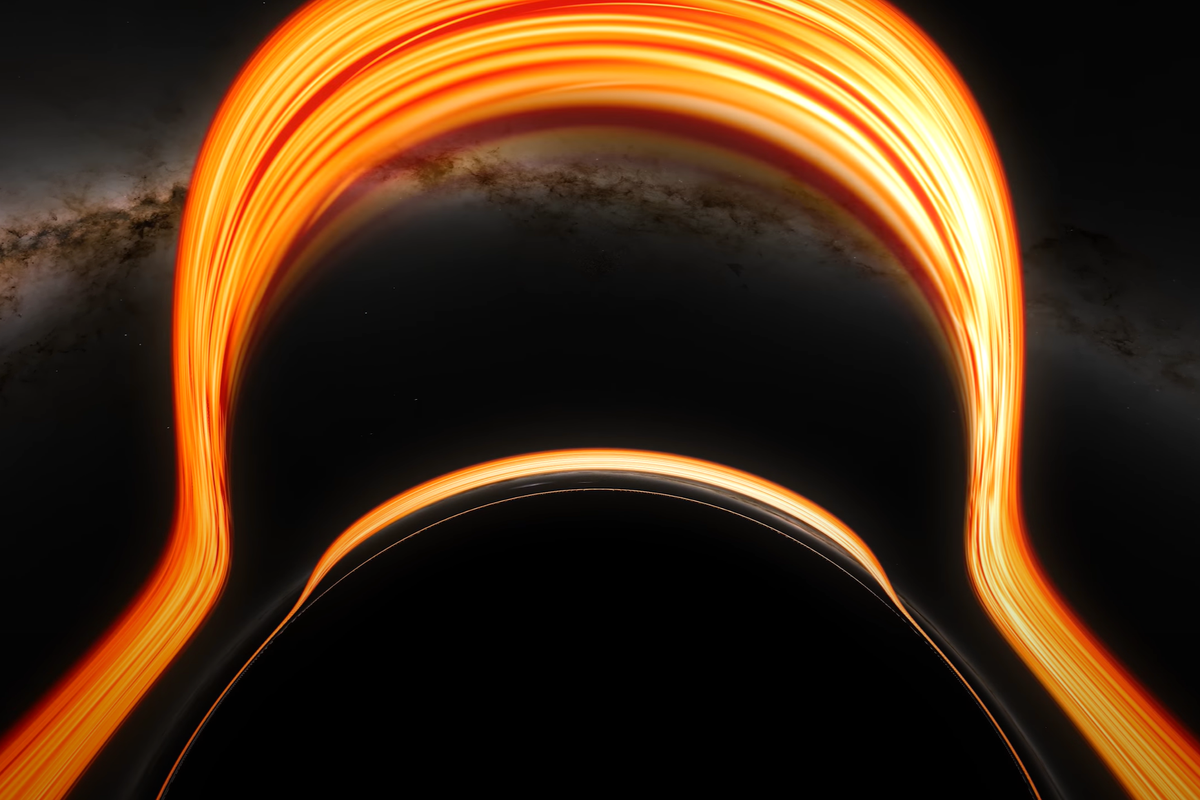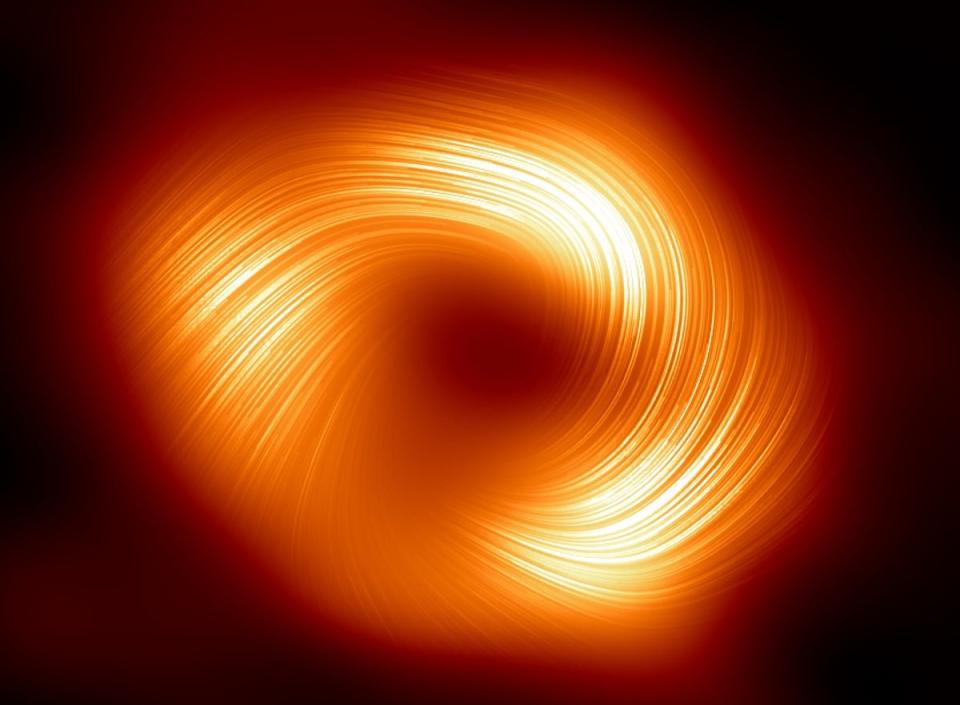Nasa supercomputer reveals what it looks like to fall into a black hole in mind-bending video

Nasa has used an ultra-powerful supercomputer to create what it claims is a realistic visualisation of what it would look like to be sucked into a black hole.
Scientists at Nasa’s Goddard Space Flight Center in Maryland produced the simulation to see how the universe would appear once beyond the event horizon of a supermassive black hole.
The project took five days to run on the US space agency’s Discover supercomputer, producing around 10 terabytes of data.
“People often ask about this, and simulating these difficult-to-imagine processes helps me connect the mathematics of relativity to actual consequences in the real universe,” said Jeremy Schnittman, an astrophysicist at Nasa’s Goddard Space Flight Center, who created the visualisations.
“So I simulated two different scenarios, one where a camera – a stand-in for a daring astronaut – just misses the event horizon and slingshots back out, and one where it crosses the boundary, sealing its fate.”
The supermassive black hole used for the simulation is equivalent to the one located at the centre of our Milky Way galaxy, which is roughly 4.3 million times the mass of the Sun.
The black hole’s event horizon measures around 25 million kilometres (16 million miles), while the speed of the camera entering it is approaching the speed of light.

Orange and yellow photon rings around the black hole become distorted as the camera enters an area where space-time is warped. Inside the black hole’s centre the visualisation goes black as the camera reaches a one-dimensional point called a singularity.
“Once the camera crosses the horizon, its destruction by spaghettification is just 12.8 seconds away,” Dr Schnittman said
A separate video shared by Nasa last week shows the vast scale of black holes by comparing the TON 618 black hole to the size of the solar system.


